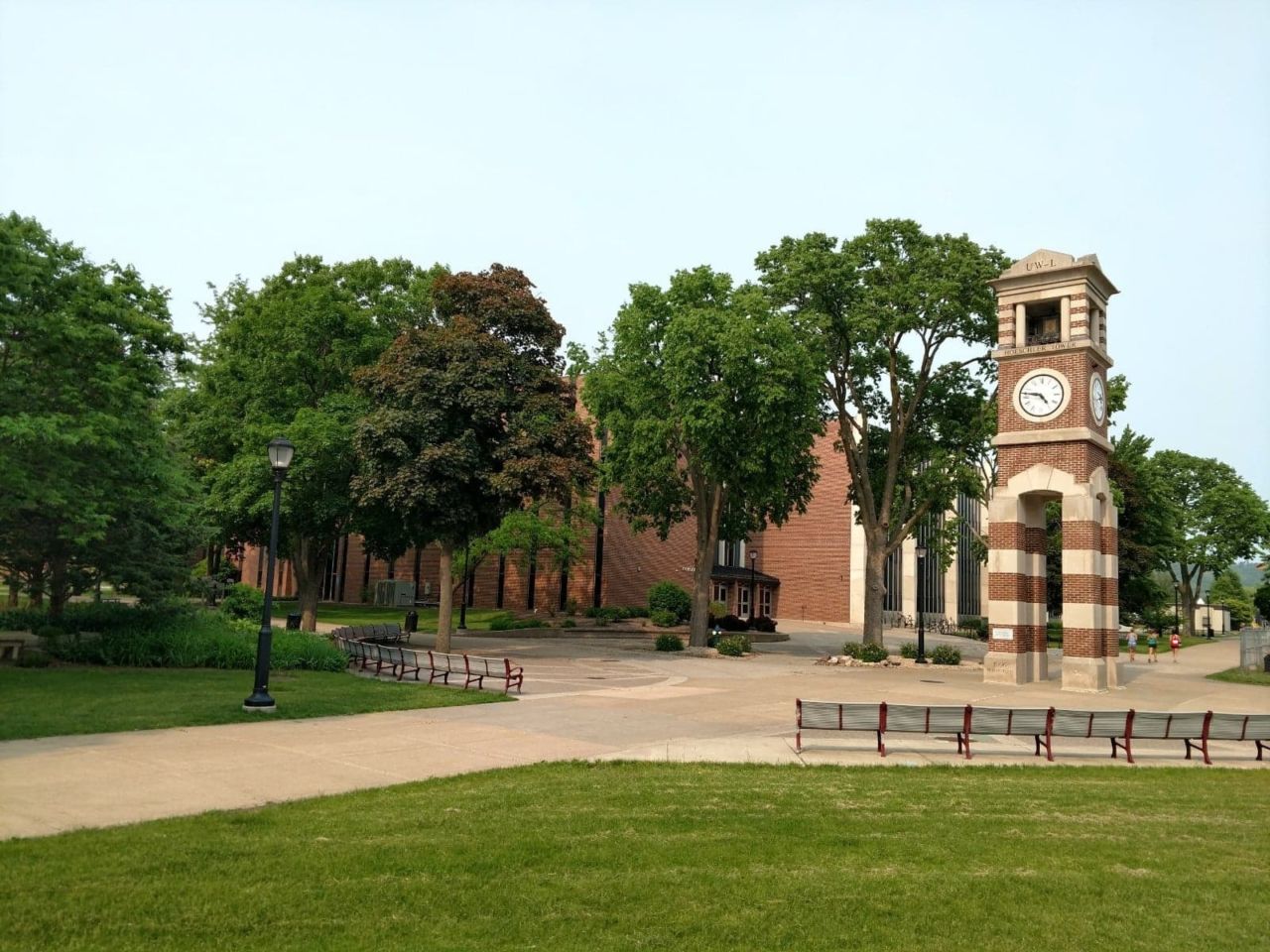Health
Local archivist finds both similarities and differences between COVID-19 and 1918 flu response

The COVID-19 pandemic is unprecedented in most people’s lifetimes but that’s not the case in regards to history.
University of Wisconsin-La Crosse archivist Laura Godden recently spent time looking into the influenza pandemic of 1918 that killed 93 in La Crosse.
Godden found the city was better off than other rural areas because of an enhanced ability to track the disease.
“A combination of the local health department and media, they actually filled in the gaps of tracking the numbers,” Godden said. “Who’s been infected and who have they been in contact with, and how do we isolate these people in their homes to keep it from spreading more.”
The pandemic lasted from 1918-1920. Godden said people in La Crosse weren’t exactly hysterical with worry when it first hit.
“Communicable diseases and their effects and closures were a part of their everyday lives,” Godden said. “It’s just something they kind of lived with and expected.”
Social distancing and telehealth doctor’s visits are the norm during the COVID-19 pandemic. But, 100 years ago, county health officials were much more brazen, speaking to infected patients in person about where they had been.
Nothing new for the time.
“Even though it was a different type of disease, they were using the same measures that they did on diphtheria or small-pox or tuberculosis,” Godden said. “So they were kind of prepared to do that.
Godden found that the La Crosse County death rate was 7.6 per 1,000 residents, as opposed to Trempealeau County, which was twice that.







